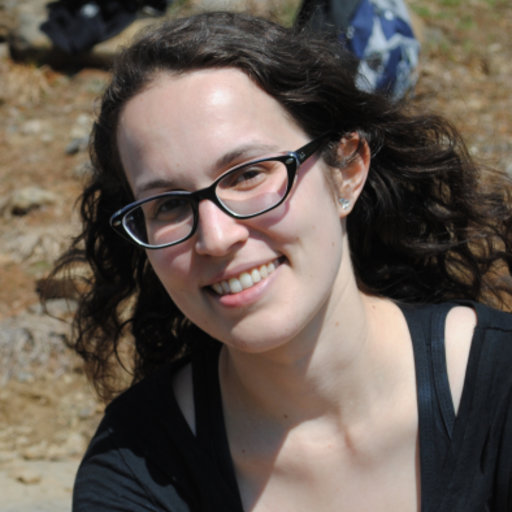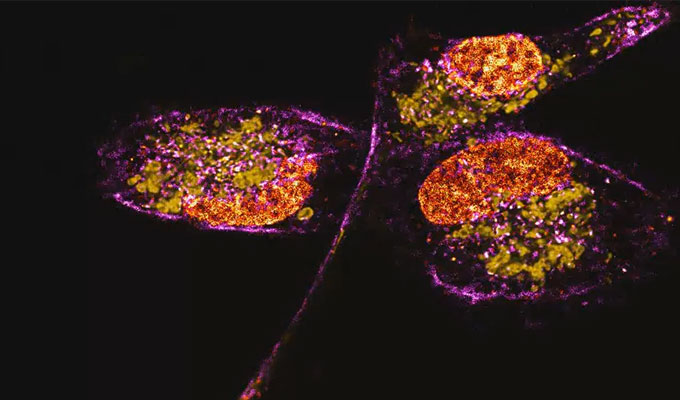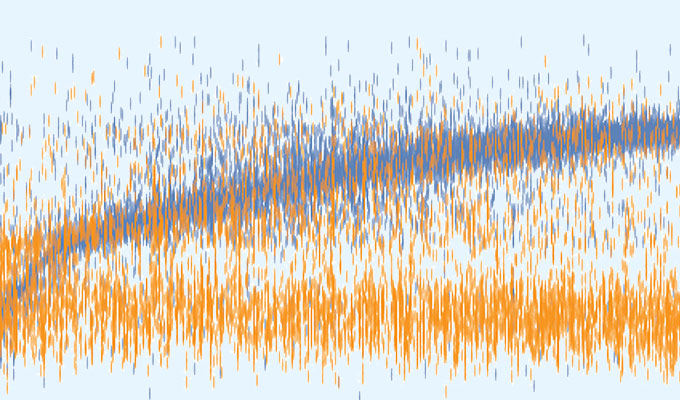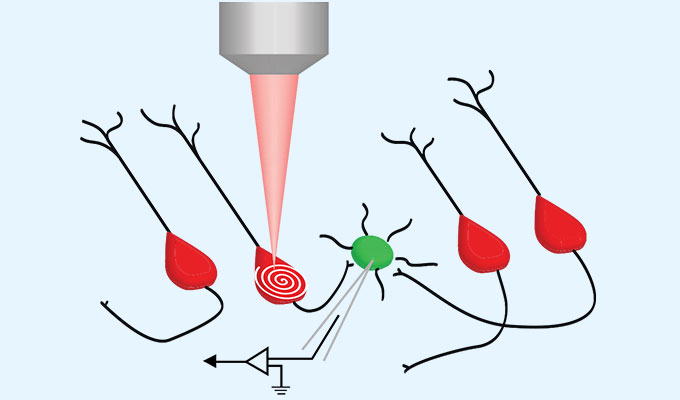Abstract
To understand fully how chromatin ubiquitination orchestrates DNA damage responses, we have set out to create tools to monitor histone ubiquitination in live cells. Using an avidity-based design strategy, we have generated sensors specific for ubiquitinated nucleosomes by linking ubiquitin-binding domains to nucleosome-binding peptides. Among these sensors, Reader1 is a sensitive and selective reporter of RNF168-mediated ubiquitination of lysines 13 or 15 at the N-terminal tail of histone H2A (H2AK13/15Ub), a posttranslational (PTM) modification that is essential for the recruitment of effectors of both the non-homologous end joining (NHEJ) and the homologous recombination (HR) repair pathways. In this webinar I will talk about the avidity-based design strategy used to generate Ub–nucleosome sensors, the in vitro and in vivo characterization of sensor’s binding affinity and specificity, and present a protocol to detect the formation of H2AK13/15Ub at laser-induced DSBs using Reader1 as a live cell reporter.
The speaker will discuss
a) An avidity-based design strategy to generate sensors to detect ubiquitinated nucleosomes
b) A protocol to detect the formation of H2AK13/15Ub at DNA double-strand breaks in live cells by fluorescence confocal microscopy using Reader1 as a reporter
Speaker

Carolina dos Santos Passos, Ph.D.
Research Scientist, Department of Biochemistry and Molecular Biology, Colorado State University
Carolina dos Santos Passos is a research scientist in the laboratories of Robert E. Cohen and Tingting Yao at the Department of Biochemistry and Mo...
View more
Moderator

Antoine de Morrée, Ph.D.
Tenure-track Assistant Professor, University of Aarhus
Antoine de Morrée, PhD is a tenure-track Assistant Professor at the department of Biomedicine, Aarhus University, where his View more
Keywords
Live cell sensors, Fluorescence confocal microscopy, DNA damage repair, Nucleosome ubiquitination
References
Dos Santos Passos C, Yao T, Cohen RE. Laser Microirradiation and Real-time Recruitment Assays Using an Engineered Biosensor. Bio-protocol, 12(5):e4337, 2022. doi: 10.21769/BioProtoc.4337
Dos Santos Passos C, Choi YS, Snow CD, Yao T, Cohen RE. Design of genetically encoded sensors to detect nucleosome ubiquitination in live cells. Journal of Cell Biology, 220(4): e201911130, 2021. doi: 10.1083/jcb.201911130
Do you have a question about this webinar?
Post your question, and we'll invite the webinar speaker to respond. You're welcome to join the discussion by answering or commenting on questions ( Note: Not all questions, especially those not directly relevant to the webinar topic, may be answered by the speaker. ).
Tips for asking effective questions
+ Description
Write a detailed description. Include all information that will help others answer your question.
10 Q&A
How much details we will be provided or is there any sample preparation steps present in this topic?



